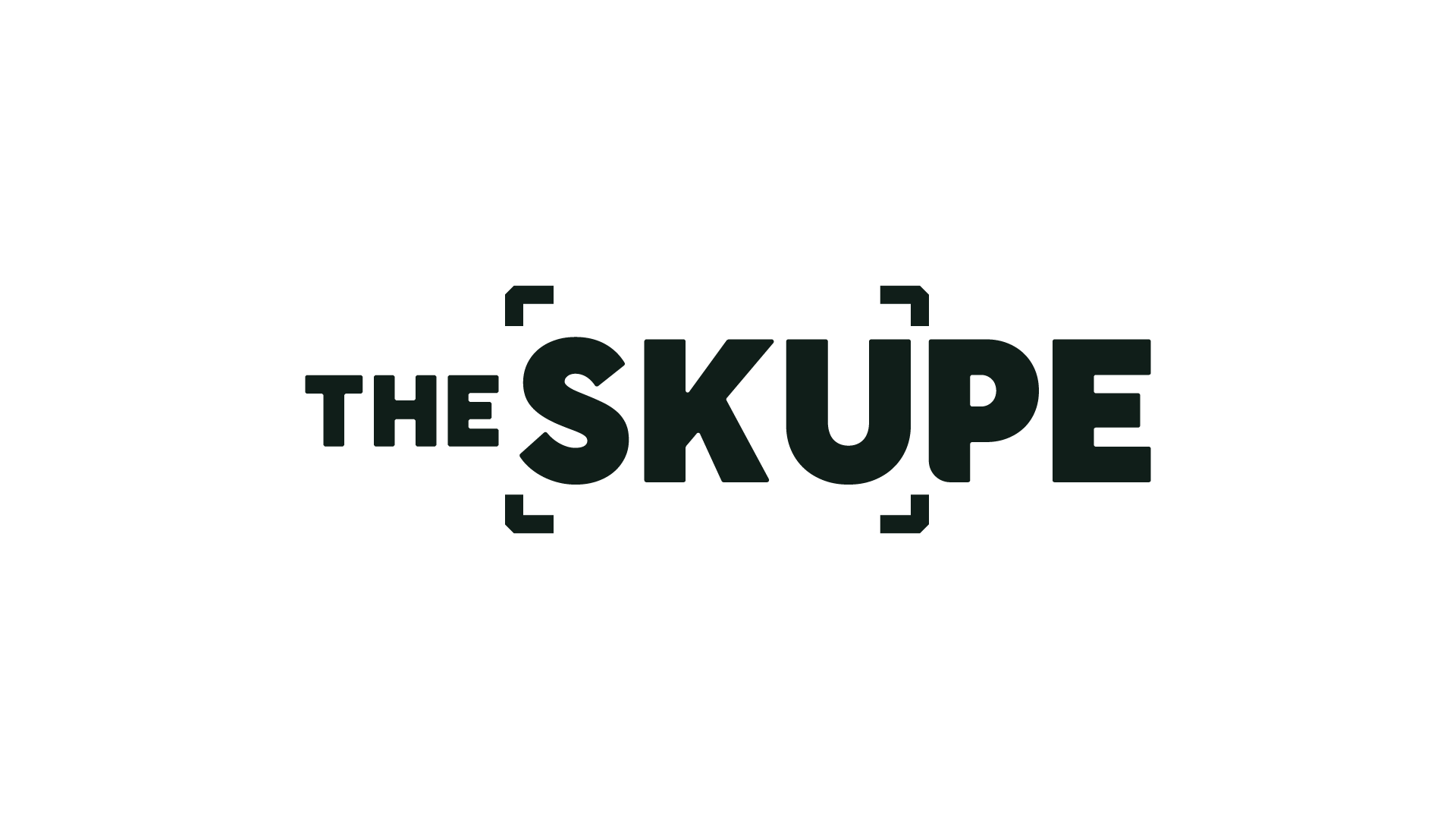Double whammy
Tariffs, government shut down squeeze retailers

Feeling the squeeze. The double whammy of tariffs and the ongoing government shutdown is pressuring small businesses to the breaking point, causing many to freeze hiring and cut spending to make payroll. We look at what these owners think about the coming year, and exactly what measures they’re taking to survive. We also dive into which tech tools you really need to manage local marketing and how AI is helping big banks speed up business loans.
But first, check out how this year’s Victoria’s Secret runway show has departed from its past formula.

Good customers. Arizona small businesses use crowdfunding to support growth.
AI buy-in. Walmart is the latest retailer to enable shopping on ChatGPT.
Baby boom. They’re still in diapers, but fashion is already prepping for Gen Beta.
Junior league. Kids’ clothing brands court budget-conscious parents.
Second chances. Will more shoppers turn to resale for gifts this holiday season?

How tariffs are impacting small businesses' strategy and operations
CNBC interviewed nearly a dozen small businesses to see how much tariffs have cost them so far, what they expect to pay in 2026, where their supply chains are and how they plan to weather the storm. It found that most have frozen hiring, paused expansion plans, taken on new debt or cut salaries. Many plan to raise prices as much as they can without alienating customers—although that’s becoming harder as consumers tighten their belts.
Why this matters: According to the U.S. Chamber of Commerce, small businesses represent 40% of our GDP and employ half the nation’s workforce. Their struggles could be a warning sign for the rest of the economy as well as larger businesses, whose pre-tariff inventory will eventually sell out. (CNBC)
SMBs want the government back to work, Goldman Sachs survey finds
A recent survey of 1,500 participants in Goldman Sachs’ 10,000 Small Businesses program found that the government shutdown is affecting them more than lawmakers initially calculated. Nearly two-thirds said customer demand would drop, and a quarter said revenue would decline. Twenty percent of respondents said they rely on government contracts — possibly forcing them to cut back on hiring, supplies, and services to make payroll. And 18% rely on SBA services that are currently on pause.
Why this matters: Historically, shutdowns don’t affect the stock market much, but since small businesses are the largest employers in the U.S., this one, now going on three weeks, is already impacting the economy. (Axois)

Retail experts predict a shopper slowdown this Holiday season
77% of consumers taking specific steps to stay within budget
U.S. retail sales up in September, driven by high-income shoppers
Small businesses urge Supreme Court to rule Trump tariffs illegal
How Target supports small businesses: incubator programs, grants

How fintech is making small business lending faster and fairer
Getting a loan, especially as a small business, can be a long and tedious process. Fintech players are emerging to make it easier for banks and borrowers. Adlon Adams, chief operating officer and chief revenue officer of Casca, has spent years developing relationships with loan officers, underwriters, and entrepreneurs to better understand how to help them. Speed and simplicity are their chief pain points—and Casca helps banks close loans in days, not weeks. Now, businesses can get better rates at traditional banks without long waits.
“We’re at a pivotal moment. AI is shifting small business lending from being manual and reactive to intelligent and proactive. In the coming years, I expect banks to use AI not just for faster loan processing, but also to better assess risk, personalize offerings, and expand access to credit for underserved groups." -Adlon Adams, Chief Operating Officer and Chief Revenue Officer, Casca
Why this matters: Using AI to streamline SBA lending at traditional institutions not only means that entrepreneurs can continue to rely on their trusted banks, but it also helps banks by strengthening local businesses and communities. (Finovate)

How to build a marketing tech stack for your local business
If you own a local business, don’t try to use the same technology as big businesses. They won’t help you reach your customers, and they’re costly and filled with features you don’t necessarily need. Instead, build your stack on a solid foundation and add layers when ready. Start with local SEO and listings management with a tool like Yext. Next, a simple CRM that lets you tag and segment by location. Get on hyperlocal platforms like NextDoor, Facebook and community pages, and use direct communication tools like SMS and email.
Why this matters: Your marketing tools should help customers find you and trust you, and the advantage you have over big businesses is proximity and authenticity. Don’t get in the way of yourself with bloated software. (MarTech)

Thanks for reading this week's edition!
You can reach the newsletter team at theskupe@mynewsletter.co. We enjoy hearing from you.
Interested in advertising? Email us at newslettersales@mvfglobal.com
The SKUpe is curated and written by Marcy Medina and edited by Bianca Prieto.





Comments ()